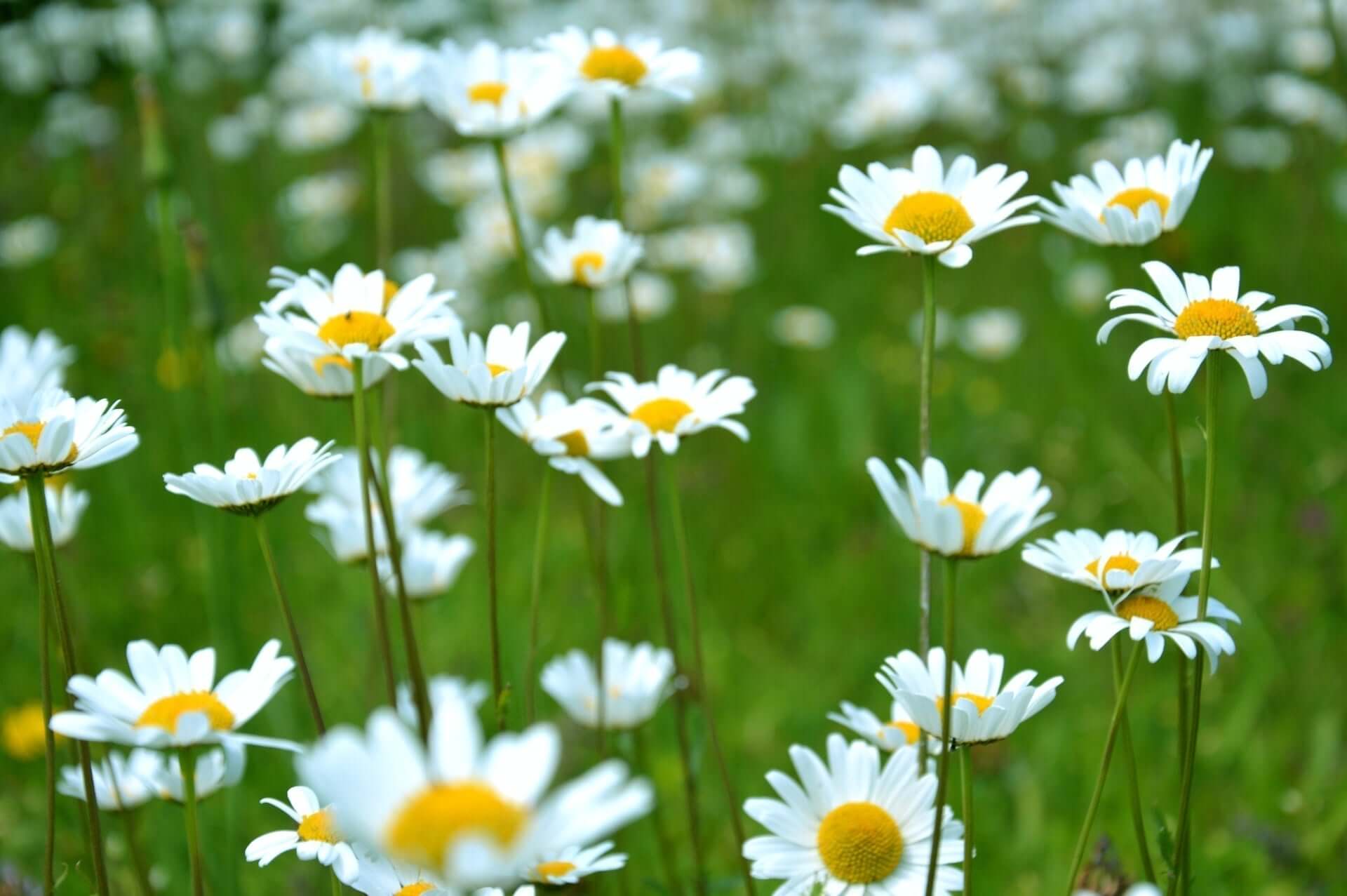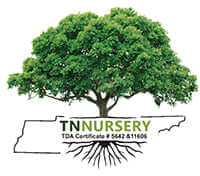Are daisies annuals or perennials?

Share
Annual vs perennial: what's the difference?
An annual is a plant that grows vegetation, flowers, goes to seed, and dies off in a single year.
True annuals die back every year, regardless of what climate or zone they have been grown in. Whereas some plants may be considered an annual in one zone but are actually a perennial in a warmer zone.
A perennial is a plant that grows vegetation, and flowers, goes to seed, and returns the following year. Woody perennials have woody stems that do not die back in the winter. Herbacious perennials have succulent vegetation that dies in winter but will regrow in spring.
Are Daisies Annuals or Perennials?
Yes, they are both!
Daisies are annuals in some zones and perennial in others. Most daisies are perennial in zones 5 to 9. A few varieties are hardy in zone 4. So in most zones, yes; daisies are perennial flowers.
In cooler zones, daisies can be grown as annuals or be brought indoors to overwinter.
Planting Zones
If you need help determining what your USDA growing zone is, go to our homepage. There you can type in your zip code, and we will tell you what zone is- no sign-up required!
Your zone is based on the daily high and low-temperature average in your area. It's important to know your zone so your plants can have the best chance of surviving and thriving.
Types of Daisies
There are hundreds of varieties of daisies and many come from different families. The most typical daisy genus is Leucanthemum.
The most common and traditional daisies include:
- Oxeye daisy (Leucanthemum vulgare) can be grown in zones 4 to 9
- Shasta daisy (Leucanthemum × superbum) can be grown in zones 4 to 9
- English daisy (Bellis perennis) can be grown in zones 4 to 9
Other daisies that are from different genera
- Gerbera daisy (Gerbera jamesonii) can be grown in zones 8 to 10.
- Marguerite daisy (Argyranthemum frutescens) can be grown in zones 10 to 11.
- Painted lady daisies (Tanacetum coccineum) can be grown in zones 3 to 7
Daisy Symbolism
The daisy is one of the most recognizable flowers in the world. It symbolizes innocence, simplicity, and new beginnings. Because of its meaning, new mothers and children are gifted bouquets of daisies.
Daisies are a favorite among children and young adults who make flower crowns with them. Perennial daisies are essential in the timeless pastime of 'he or she loves me, he or she loves me not.'
Daisies were also symbols of the flower-child generation in the 1970s. They were a prominent feature in the movie Harold and Maude (1971) and can be seen all throughout The Brady Bunch (1969-1974).
Growing Conditions
Common daisies require rich fertile soils in the range of 6.3 to 7.0 pH (parts hydrogen). Perennial daisies prefer soils that consist of organic matter and are well-draining. In hot climates and soils that are sandy or dry, the perennial daisy will need additional water.
Daisies can be planted in full sun. In warmer zones and in climates with extreme heat, perennial daisies will need occasional shade.
Daisies are easy to grow and require little maintenance to thrive. They can be grown in sandy soils and clay. They can be planted in containers, borders, and flower beds to give summer-long interest.
How to plant and take care of the daisy
Planting
- Scout the best location (full sun and workable soil)
- Dig a hole big enough to cover the roots but not too big that it will bury the stem
- Backfill the hole covering the roots, firm in the soil gently
- You can mulch, but it is not necessary. Mulching helps maintain moisture and serves as a natural fertilizer
- Water newly planted perennial daisies thoroughly to fill in any air pockets and to help it establish
Aftercare
- Deadhead (remove dead flower heads) to encourage more blooming
- Fertilize once a year in the fall (optional)
- Divide the roots (in spring or fall) in future years to maximize blooming
How to Propagate Perennial Daisies
Daisies are one of the easiest plants to take care of, they practically take care of themselves. Occasionally, they may need to be divided to encourage blooms. Also, if you want more plants without having to gig, you can propagate them by seed
Division
- Dig up a clump of perennial daisies while trying to keep most of the roots intact
- Locate the crowns within the clump- these are where the stems come out together, if you are dividing a large clump, there will be several crown areas
- Tease apart roots from crown to crown
- Repot, plant them in another location, or containerize and give them away
Seeds
- Start seeds indoors in mid-March in warm, moist (not soggy) soil
- Once they begin to grow, put them in a slightly larger container
- When the frost is over, take them outside and set them in the shade for a day
- The next day, move them into part sun with some shade
- Day three or four, they can be planted
- Water thoroughly after planting
OR
- Let the plants self-seed or take their seeds and sow them elsewhere in the garden
Shop for Daisies Online
Here at Wholesale Nursery Co., we sell Oxeye Daisies and Shasta Daisies. We also offer other daisy-like perennial flowers that pair well with daisies. These include purple coneflower and brown eyed susans. Feel free to browse our selections of native, pollinator-friendly plants.
Oxeye Daisy
The oxeye daisy is one of the most iconic perennial plants in the US. What would summer be without this subtle treasure? Fortunately, it is easy to grow and is practically no maintenance. One plant can fill in a large bed over time or it can be grown in containers, the choice is yours.
Zones: 4 to 9 Sun exposure: Full sunMature height: up to 2½ feetWater: Average to somewhat dryBest for flower beds, children's gardens, borders, and containers
Check out our Oxeye Daisy product page here
Shasta Daisy
The Shasta daisy loves sunshine and should not be planted in the shade. It generally grows taller than the oxeye daisy. Fortunately, it is easy to grow and is low (or even no) maintenance!
Zones: 4 to 9Sun exposure: Full sunMature height: up to 3 feetWater: averageBest for flower beds, children's gardens, borders, and containers
Check out our Shasta Daisy product page here
Brown Eyed Susan
Brown-eyed Susans are similar to daisies in that they have a soil center and rays of petals. However, they have yellow petals with brown centers. They can grow in a range of soils and are excellent in filling in bare spots in the garden.
Zones: 3 to 9Sun exposure: Full sunMature height: up to 3 feetWater: average to moistBest for pollinator gardens, borders, and cottage gardens
Check out our Brown Eyed Susan product page here
Purple Coneflower
The purple coneflower has a solid center with rays of purple petals. It is loved by pollinators and tolerates many soil types, including clay. It is easy to propagate and even easier to grow.
Zones: 3 to 9Sun exposure: Full sunMature height: up to 3 1/2 feetWater: average to moistBest for pollinator gardens, borders, and cottage gardens
Check out our Purple Coneflower product page here
Whether you decide to plant daisies or plants that are similar, we hope you found this article helpful! Because daisies are perennial in most zones, you will be able to enjoy them for years to come.
